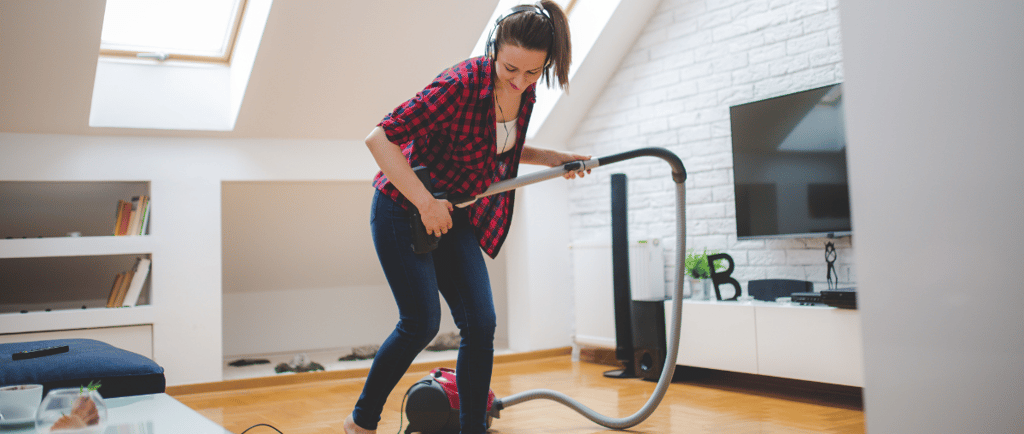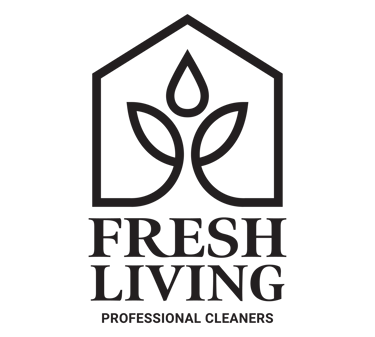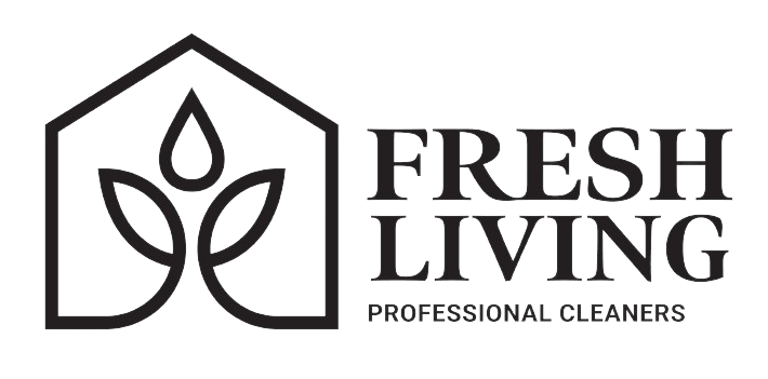Speak Clean: Using Cleaning Terms the Right Way
Unlock the secrets to effective cleaning with our blog, "Speak Clean: Using Cleaning Terms the Right Way." Whether you’re navigating household chores or managing professional cleaning, understanding the correct terminology is crucial. Our blog breaks down key cleaning terms, differentiates between various methods, and clarifies product labels to ensure you’re speaking the language of clean with precision. Enhance your cleaning prowess with tips on the right tools, techniques for different surfaces, and eco-friendly practices. Join us to master the jargon and elevate your cleaning game to new heights!
6/18/20244 min read


Cleaning is more than just a chore; it's an art and a science. Whether you’re tidying up your home, working in a professional cleaning service, or just aiming to understand the myriad of products at your disposal, knowing the right cleaning terms can make a significant difference. Understanding and properly using cleaning terminology not only enhances communication but also ensures tasks are performed effectively and efficiently. In this article, we'll navigate through the essential cleaning vocabulary, shedding light on common terms and their correct usage to help you speak clean with confidence.
Basic Cleaning Terms
Commonly Misunderstood Terms
It’s easy to confuse cleaning terms, especially when they sound similar but have different meanings. For instance, “cleaning” generally refers to removing dirt and impurities, while “disinfecting” involves killing bacteria and viruses on surfaces. Another often misunderstood term is “sterilizing,” which is a process that eliminates all forms of microbial life, something usually done in medical settings.
Basic Terms and Their Correct Usage
Let’s demystify a few basics. "Dusting" means removing dust from surfaces, typically using a soft cloth or a duster. "Vacuuming" refers to using a vacuum cleaner to remove dirt from floors and carpets. "Mopping" involves cleaning floors with a mop and a bucket of water mixed with a cleaning solution. Proper use of these terms helps in setting clear expectations for any cleaning task.
Types of Cleaning Methods
Wet Cleaning vs. Dry Cleaning
"Wet cleaning" involves the use of water and detergent, often applied to surfaces like floors, windows, or tiles. In contrast, "dry cleaning" does not use water; instead, it utilizes specialized solvents or tools such as dry cleaning machines for fabrics and upholstery. Knowing when to use each method can prevent damage and ensure effective cleaning.
Disinfecting vs. Sanitizing
"Disinfecting" involves using chemicals to kill germs on surfaces, making them safe by eliminating pathogens. This is crucial in areas prone to high contamination, like kitchens and bathrooms. "Sanitizing," on the other hand, reduces the number of germs to a safe level as judged by public health standards. It’s often used in food service areas where complete disinfection isn’t necessary.
Cleaning Tools and Equipment
Essential Cleaning Tools
Every cleaning arsenal should include basic tools like a broom, a mop, sponges, and a vacuum cleaner. These tools are versatile and can be used across a variety of surfaces. Each tool has a specific purpose and understanding their correct application can streamline your cleaning process.
Specialized Cleaning Equipment
For more specific cleaning tasks, you might need specialized equipment such as steam cleaners, which are excellent for sanitizing without chemicals, or pressure washers for outdoor surfaces. Knowing the right equipment for the job can save time and improve results.
Surfaces and Materials
Different Surfaces and Their Cleaning Needs
Different surfaces require different cleaning approaches. For example, wood surfaces should be cleaned with products that do not damage the finish, while stainless steel requires a special cleaner to avoid streaks. Understanding these nuances helps in preserving the integrity of various materials in your home or workplace.
Material-Specific Cleaning Techniques
Each material, from leather to granite, has its own cleaning protocol. Leather, for instance, needs conditioning to maintain its luster, while granite requires non-abrasive cleaners to avoid scratches. Using the appropriate technique ensures longevity and appearance of the material.
Cleaning Products and Their Purposes
Multi-Surface Cleaners
Multi-surface cleaners are designed to be safe and effective on a variety of surfaces, making them convenient for general use. However, they might not be suitable for delicate materials. Knowing their limitations helps in selecting the right product for the task at hand.
Specialty Cleaners
Specialty cleaners are formulated for specific purposes, such as oven cleaners, which are designed to break down tough grease, or glass cleaners that leave a streak-free finish. Using the correct specialty cleaner ensures maximum effectiveness and safety.
Commonly Used Jargon
Understanding Professional Cleaning Lingo
Professional cleaners often use jargon like “deep clean,” which implies a thorough and detailed cleaning beyond the regular scope. Terms like “spot cleaning” refer to addressing specific areas of dirt or stains rather than cleaning the entire surface.
Jargon in Consumer Cleaning Products
Consumer products might use terms like “antibacterial” or “degreaser.” “Antibacterial” means the product contains agents that kill or inhibit bacteria, while “degreaser” is designed to break down oily substances. Understanding these terms helps in making informed choices when purchasing cleaning products.
Green Cleaning Terminology
Eco-Friendly Cleaning Terms
Terms like “biodegradable” or “non-toxic” often appear on green cleaning products. “Biodegradable” means the product breaks down naturally without harming the environment, while “non-toxic” indicates that the product is safe for humans and pets.
Understanding Green Certifications
Green certifications like “EPA Safer Choice” or “Green Seal” indicate that a product meets certain environmental and health standards. Knowing these certifications helps in choosing products that are safer for the planet and for your home.
Troubleshooting Cleaning Problems
Dealing with Stubborn Stains
Stubborn stains, such as wine on carpet or grease on kitchen tiles, often require targeted solutions like enzymatic cleaners for organic stains or solvents for grease. Identifying the type of stain and using the right product can make removal more effective.
Addressing Common Cleaning Mistakes
Common cleaning mistakes, such as using too much product or not rinsing surfaces properly, can lead to residue buildup and surface damage. Learning to avoid these pitfalls can make your cleaning efforts more efficient and effective.
Tips for Using Cleaning Terms in Everyday Life
How to Communicate Cleaning Needs
When instructing someone on cleaning tasks, using precise terms like “sanitize the kitchen countertops” rather than “clean the kitchen” helps in conveying your expectations clearly. This clarity prevents misunderstandings and ensures the job is done correctly.
Teaching Proper Cleaning Terms to Others
Educating others, whether it’s family members or employees, about the correct use of cleaning terms fosters better understanding and improves the quality of cleaning. Providing examples and explanations can help solidify this knowledge.
By mastering cleaning terminology, you enhance your ability to communicate effectively, choose the right products, and achieve superior cleaning results. This knowledge empowers you to tackle any cleaning task with confidence and precision, making the world a cleaner, brighter place.


(609) 806 - 5565
help@freshlivingpc.com
Follow us on
